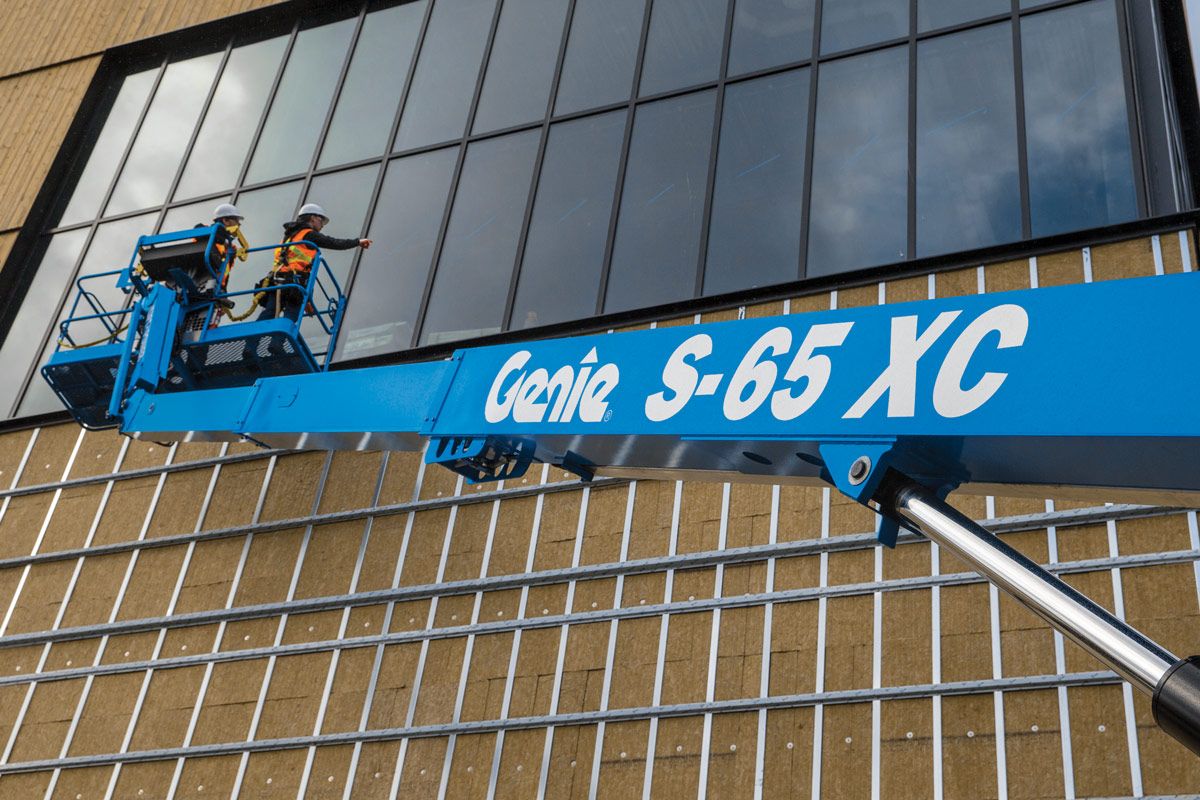Understanding the New European Stage V Emissions Standards
by Genie On Jun 4, 2020, 03:00 AM
Subscribe To Aerial Pros
Filter by tags
Over the past two decades, the European Union (EU) has adopted a series of seven directives to address exhaust emissions for engines used in non-road equipment like telehandlers, boom lifts and scissor lifts. These directives have been structured as gradually more stringent tiers known as Stage I, Stage II, Stage III, Stage IV and Stage V standards. The first directives, Stage I and II standards, went into effect in December 1997, and the last directive, the Stage V standards, went into effect in 2019.
What is included in the Stage V standards?
The new Stage V standards introduced stringent new limitations on the amount of harmful substances in exhaust gases, including Nitrogen Oxides (NOx), Carbon Monoxide (CO), Hydrocarbons (HC) and Particulate Matter (PM), that off-road equipment engines, like found in Genie® aerial equipment, can emit into the environment during operation. What this means is that Stage V emission regulations specifically address the growing need (in Europe) for off-road engines to be more environmentally friendly, including cleaner burning and producing less vibration. These engines are also designed to run quieter, reducing real total engine noise output and presenting a smoother engine tone.
The European Commission defines the rules for the new Stage V standards, which means that these rules apply to all countries within the European Union, and countries in Europe that are not members of the European Union (Norway, Switzerland and United Kingdom) will be able to choose whether or not they will follow these new standards. Unlike past engine emission changes, the new Stage V standards do not provide the opportunity for flexibility (flex) engines, which means that any and all engines manufactured in 2019 and beyond must be compliant with the new rules*.
Features of the new Stage V compliant engines
To adhere to the new standards in Europe, there has been a lot of development in Stage V engines, and these engines’ technologies, to reduce the harmful substances from exhaust gases that enter the air. One major development is the addition of a DPF (for the engines > 36 kW), or a Diesel Particulate Filter, which is a component engineered to reduce the number of particles, or pollution, emitted by the engines.
A DPF is designed to pass the engine’s exhaust through a filter that traps the particulate matter and exits clean air from the filter. Simply put, the DPF acts like a garbage can for a Stage V engine’s exhaust system.
The particle matter, or soot, will eventually cause build-up in the DPF. To remove soot particles from the filter, the DPF requires occasional cleaning through a process called regeneration.
How does DPF regeneration work?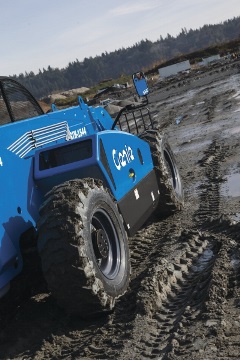
On Stage V engines, there are three types of DPF regeneration possible:
- In normal operation, the machine will perform a "passive" regeneration. Passive regeneration occurs automatically when engine temperatures are high and soot levels have increased. During this process, the operator may notice only slightly higher engine speed but no noticeable degradation in performance.
- During operation in extreme environments (very cold or very humid conditions with lots of "starts and stops"), the machine may occasionally begin a "hard" regeneration. During this process, operators will notice reduced productivity as the machine completes the DPF cleaning process. It is important to note that hard regenerations are unlikely to occur in all but the most extreme operating environments.
- “Active standstill”, as well as forced, regeneration is when the machine’s operator chooses to run a regeneration cycle manually. This can be done if the other regeneration cycles haven’t fully cleared out the DPF, or if the operator wants to choose the specific day/time for the engine to go through the process.
The Stage V engine implementation
When Stage V engine standards took effect as of January 1st, 2019, it impacted the majority of Genie equipment, but our inventory of transition engines allowed us to stagger the implementation of these new engines across our different product lines throughout 2019 and 2020. Today, Genie machines powered by engines under 19 kW (25 hp) are compliant with these new standards as-is. All other models (36 to 55 kW / 49 hp to 74 hp) require a new engine with a DPF for Stage V compliancy.
Genie GTH™ telehandler models were the first of our brand’s European products to start using Stage V engines, beginning in June 2019, and Genie S® and Z® boom lifts and GS™ rough terrain scissor lifts are being converted to Stage V engines in mid-2020 and moving forward.
Making it easy for operators to identify machines equipped with the new Genie Stage V engines, machines are labelled with a Stage V decal on the engine cover. This decal includes a QR code that links to a certificate, enabling operators to show proof that the Genie machines meet all the requirements of the new European (EU) emissions regulations.
*This compliance date is currently under discussion due to the global impact of COVID-19.
Related Posts
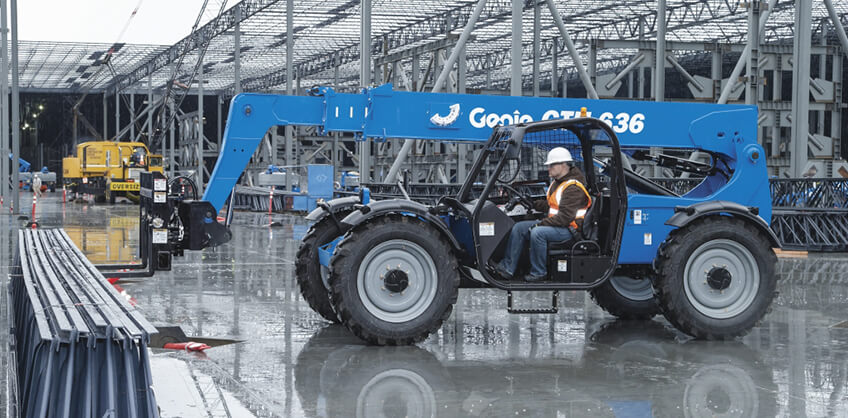
What Is a Telehandler?
Telehandlers are multi-purpose machines that lift, move and place material.
Continue Reading
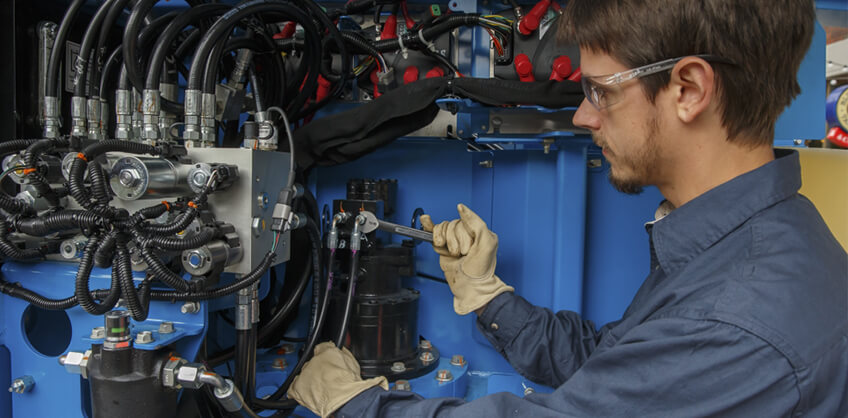
How Machine Data Influences MEWP Maintenance and Service
When looking at a machine’s service and repair from that perspective, downtime costs a rental business big time.
Continue Reading
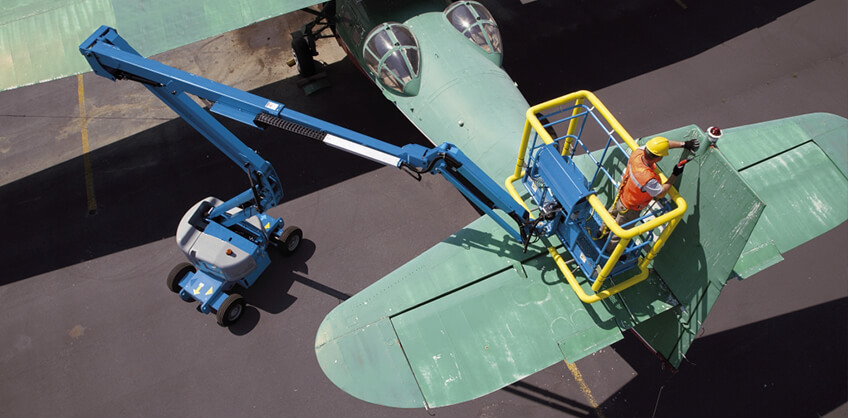
Recommending the Right MEWP
In today’s competitive market, we, at Genie, know that it is more important than ever for you to establish and earn your rental customers’ respect as a trusted advisor.
Continue Reading


